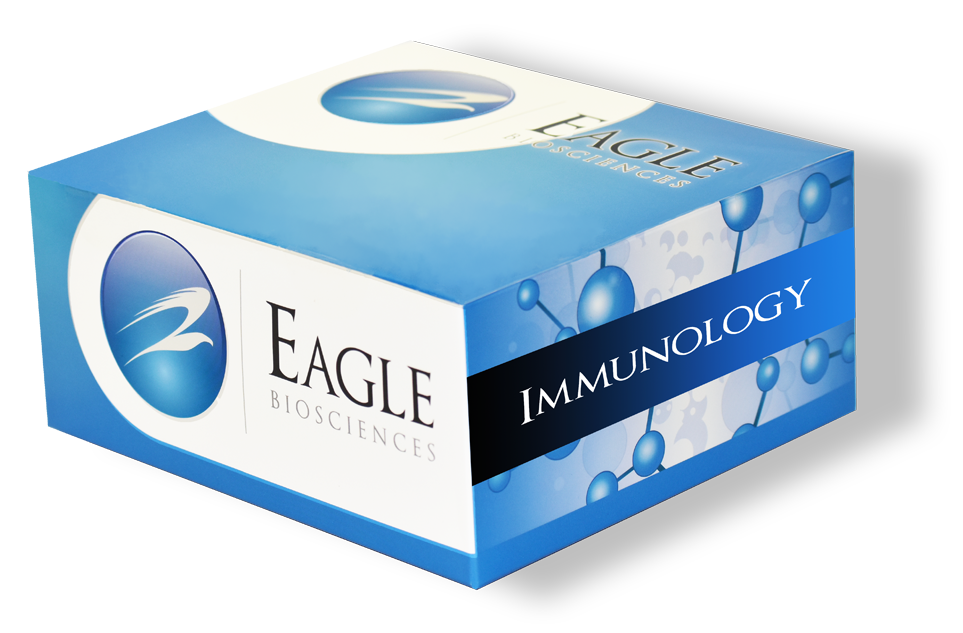The anti-beta-2 glycoprotein I (anti-β2GPI) screen is a serologic test used to detect autoantibodies targeting β2GPI, a plasma protein that binds to negatively charged phospholipids and plays a role in regulating coagulation. These autoantibodies are key biomarkers for antiphospholipid syndrome (APS), an autoimmune disorder characterized by thrombosis, recurrent pregnancy loss, and other vascular complications. The screening test typically detects IgG, IgM, and sometimes IgA isotypes, and is often performed alongside anticardiolipin and lupus anticoagulant testing as part of a comprehensive APS panel.
In clinical settings, the anti-β2GPI screen is used in patients with suspected APS, particularly those presenting with unexplained thrombotic events or pregnancy morbidity. A positive screen indicates the presence of potentially pathogenic antibodies and guides further confirmatory testing to assess isotype specificity and persistence over time, which is required for a formal APS diagnosis. In research, this screening assay is utilized to study the pathogenic role of anti-β2GPI antibodies in promoting thrombosis and vascular injury. It also supports investigations into the development of better risk stratification tools, the identification of “seronegative” APS cases, and the exploration of novel therapeutic approaches targeting autoimmune-mediated coagulation pathways.
This product is manufactured in Italy by Diametra.
| Size | 1 x 96 Well |
| Sensitivity | 0.47 AU/mL |
| Dynamic Range | 10 – 160 AU/mL |
| Incubation Time | 2 hours |
| Sample Type | Serum, Plasma |
| Immunogen | |
| Source Species | |
| Specificity | |
| Expression System | |
| Clone | |
| Group | |
| Alpha Chain | |
| Beta Chain | |
| Peptide | |
| Peptide Source | |
| Format | |
| Buffer | |
| Concentration | |
| Storage | 2-8°C |
| Alternative Names | β2GPI, Beta-2-glycoprotein 1, Apolipoprotein H, ApoH, Cardiolipin-binding protein, Phospholipid-binding protein |
| Instructions For Use | https://eaglebio.com/wp-content/uploads/2014/06/DCM145_Anti-Beta2_Glycoprotein-1_Screen_ELISA_Kit_Package_Insert.pdf |
| MSDS | https://eaglebio.com/wp-content/uploads/2025/03/DCM145_Anti-Beta2_Glycoprotein-1_Screen_ELISA_Kit_SDS.pdf |

